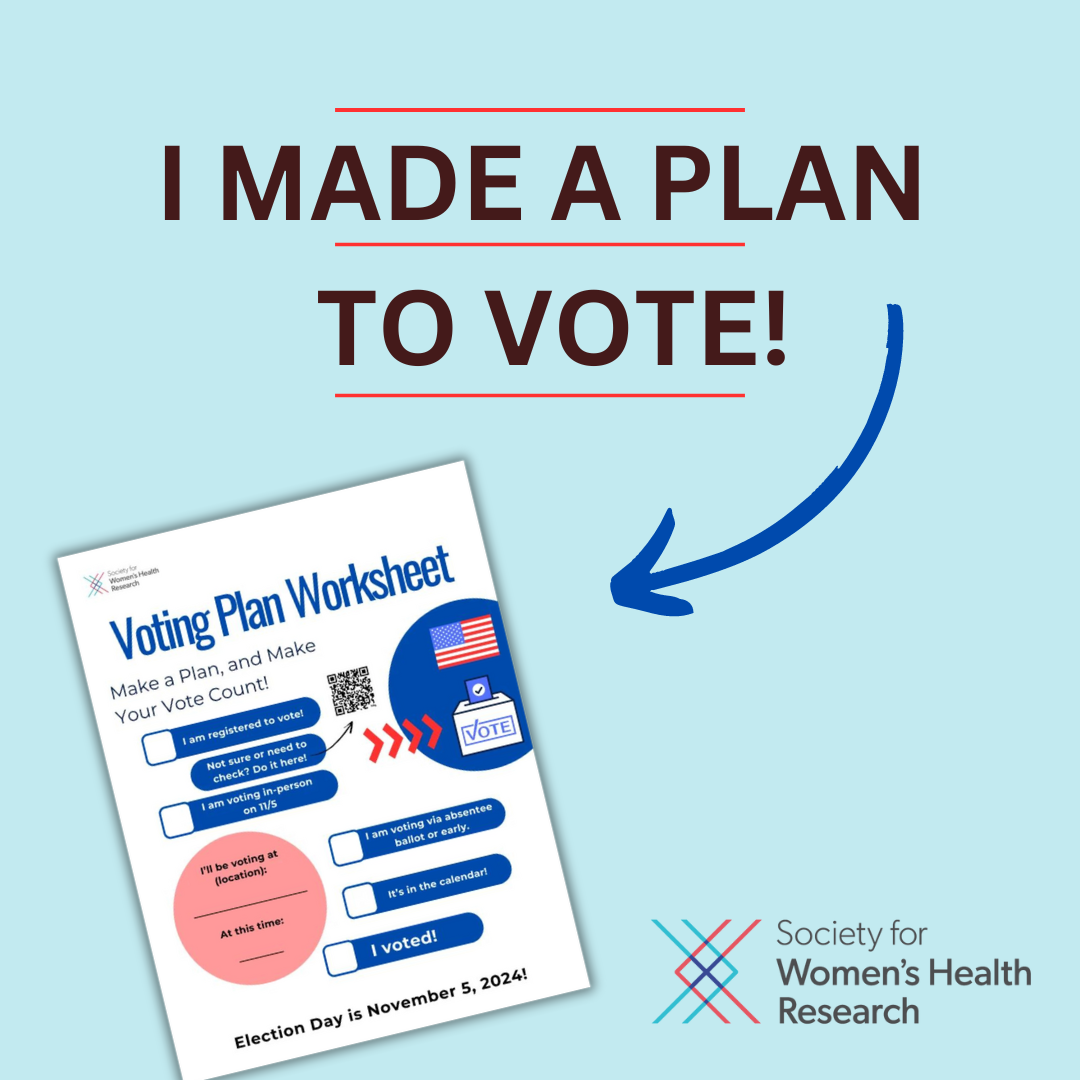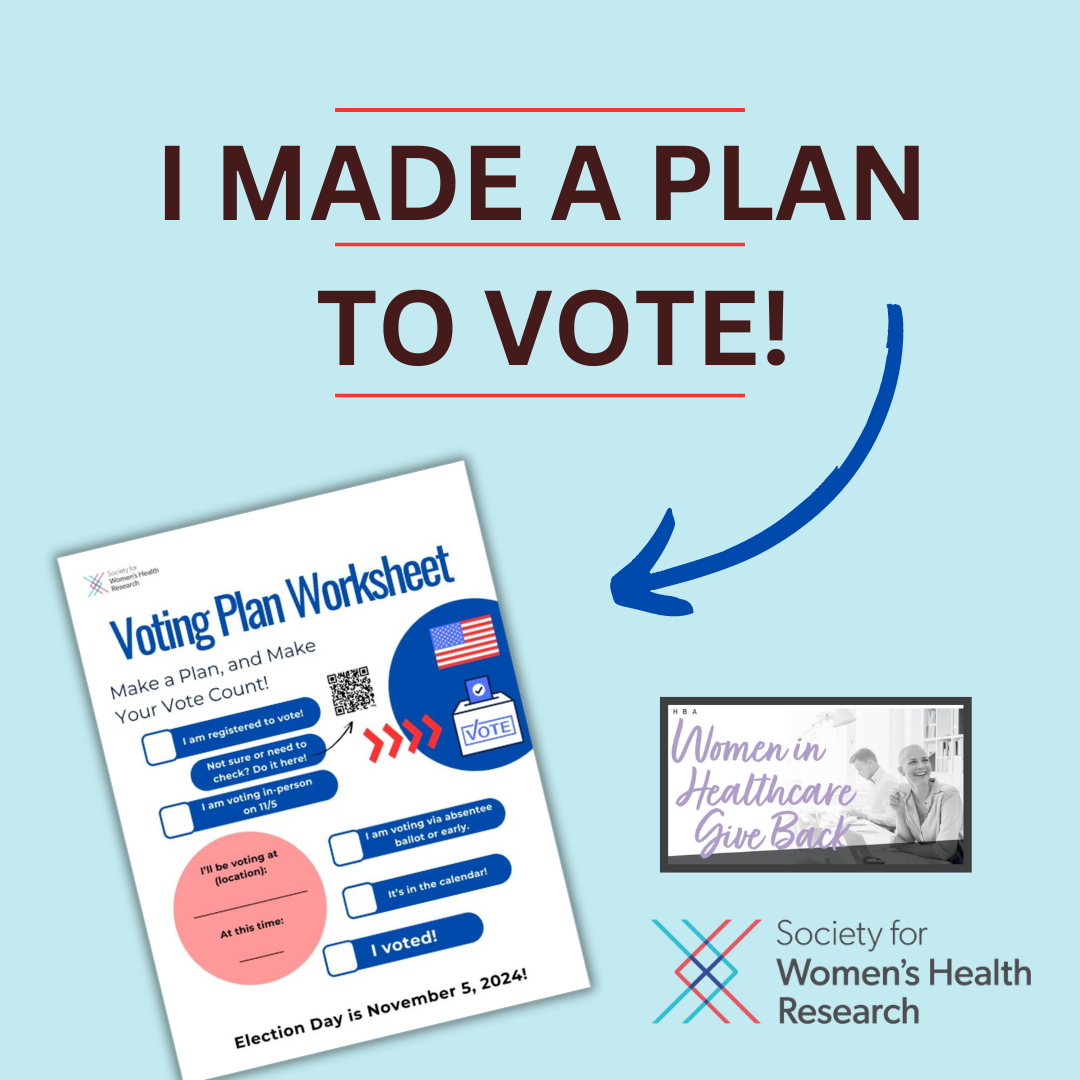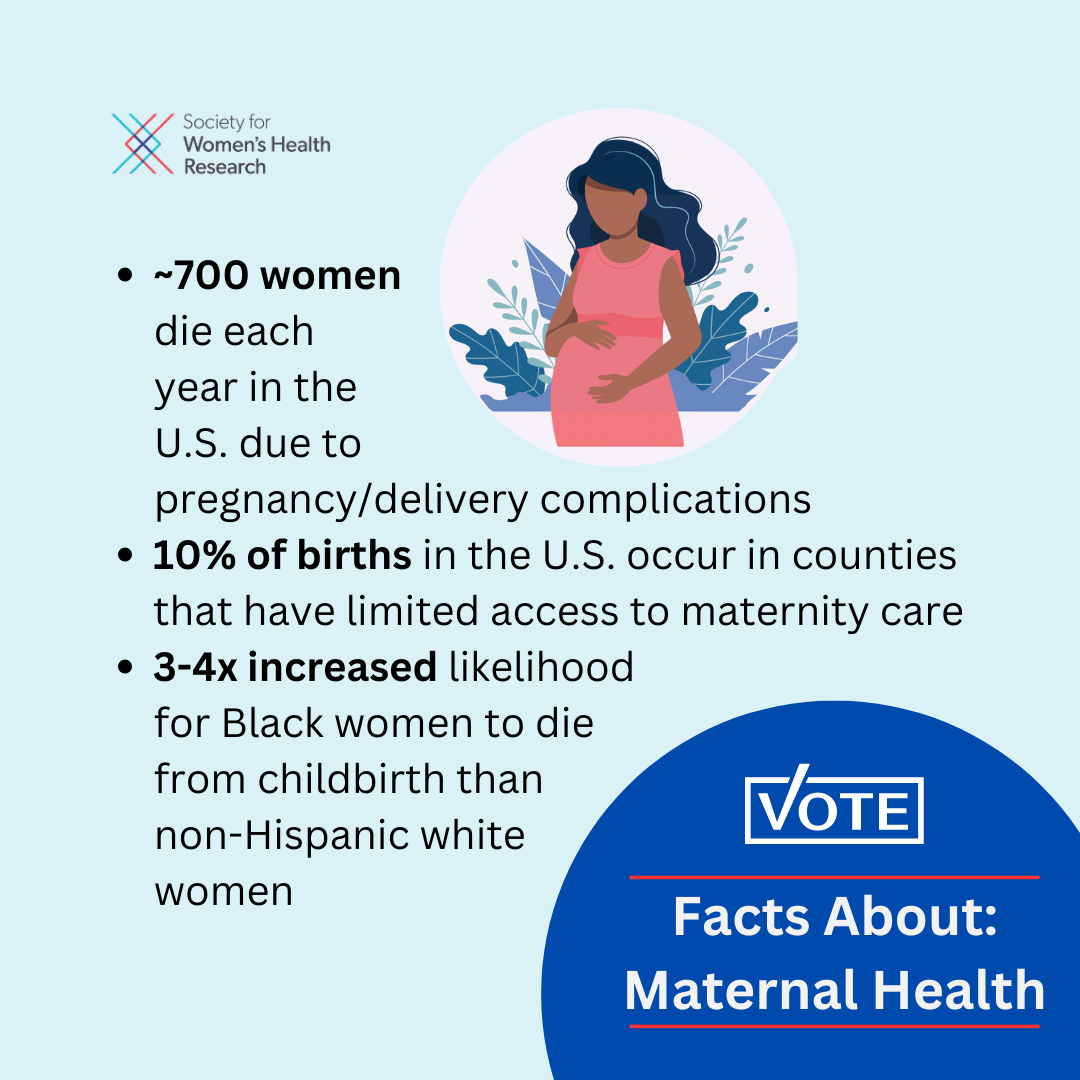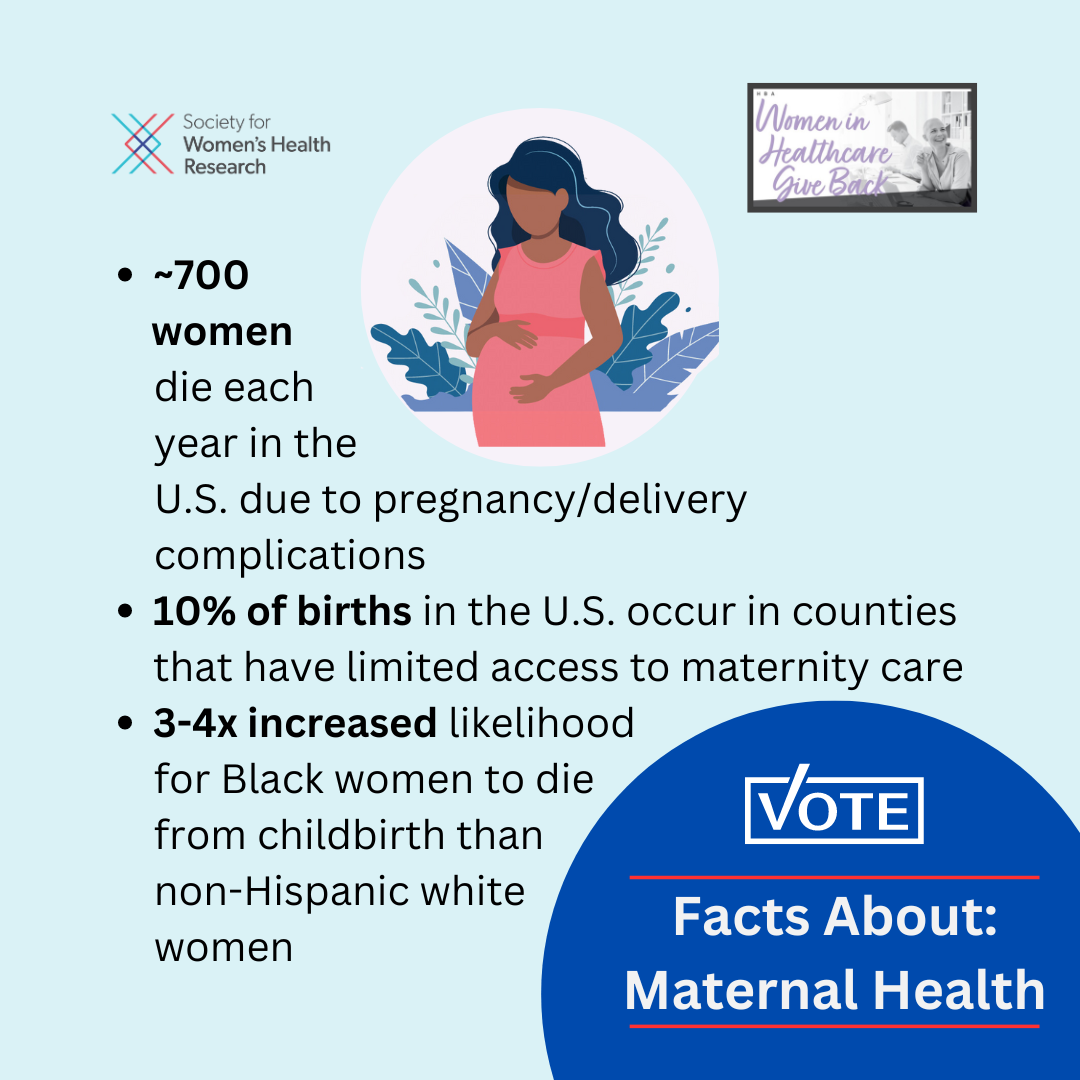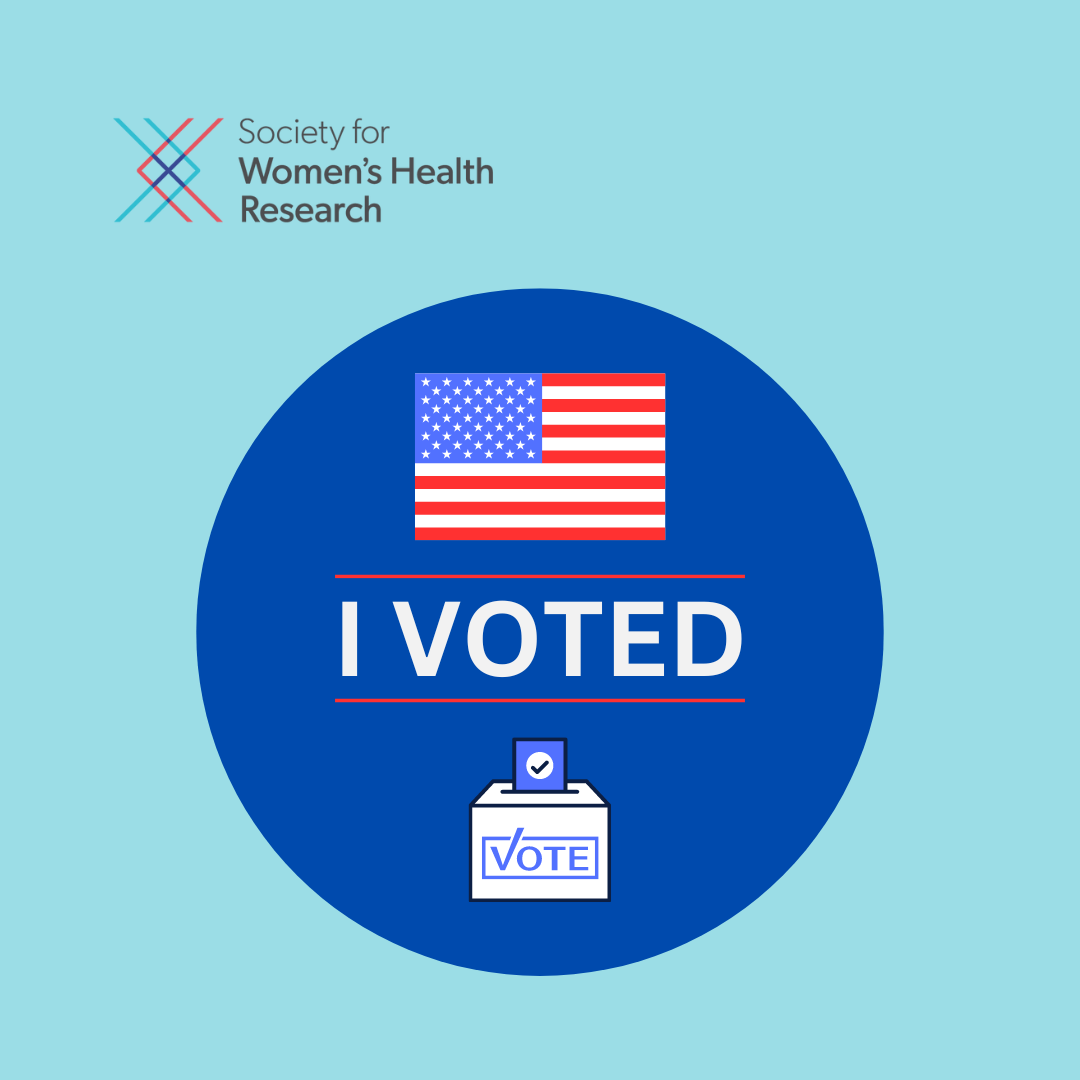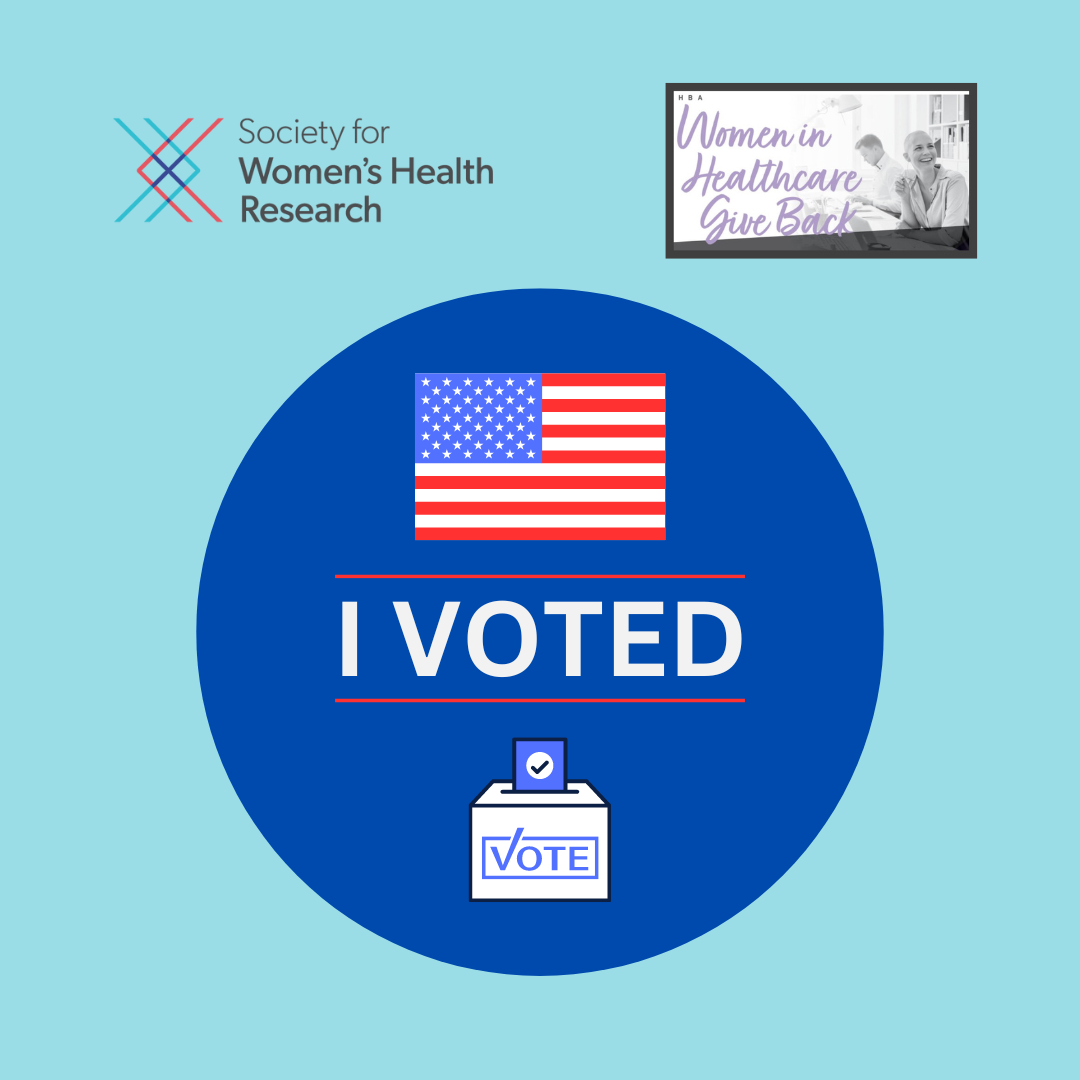Step 1. Know the Deadlines
Are you registered to vote? Some states set their voter registration deadlines 30 days before Election Day, while others allow registration up until Election Day. Know your voter registration deadlines!
Step 2. Register to Vote
If you are not registered to vote, or are not sure if you are registered, you can take two minutes to fill out the voter registration form on vote.org!
Step 3. Make a Plan
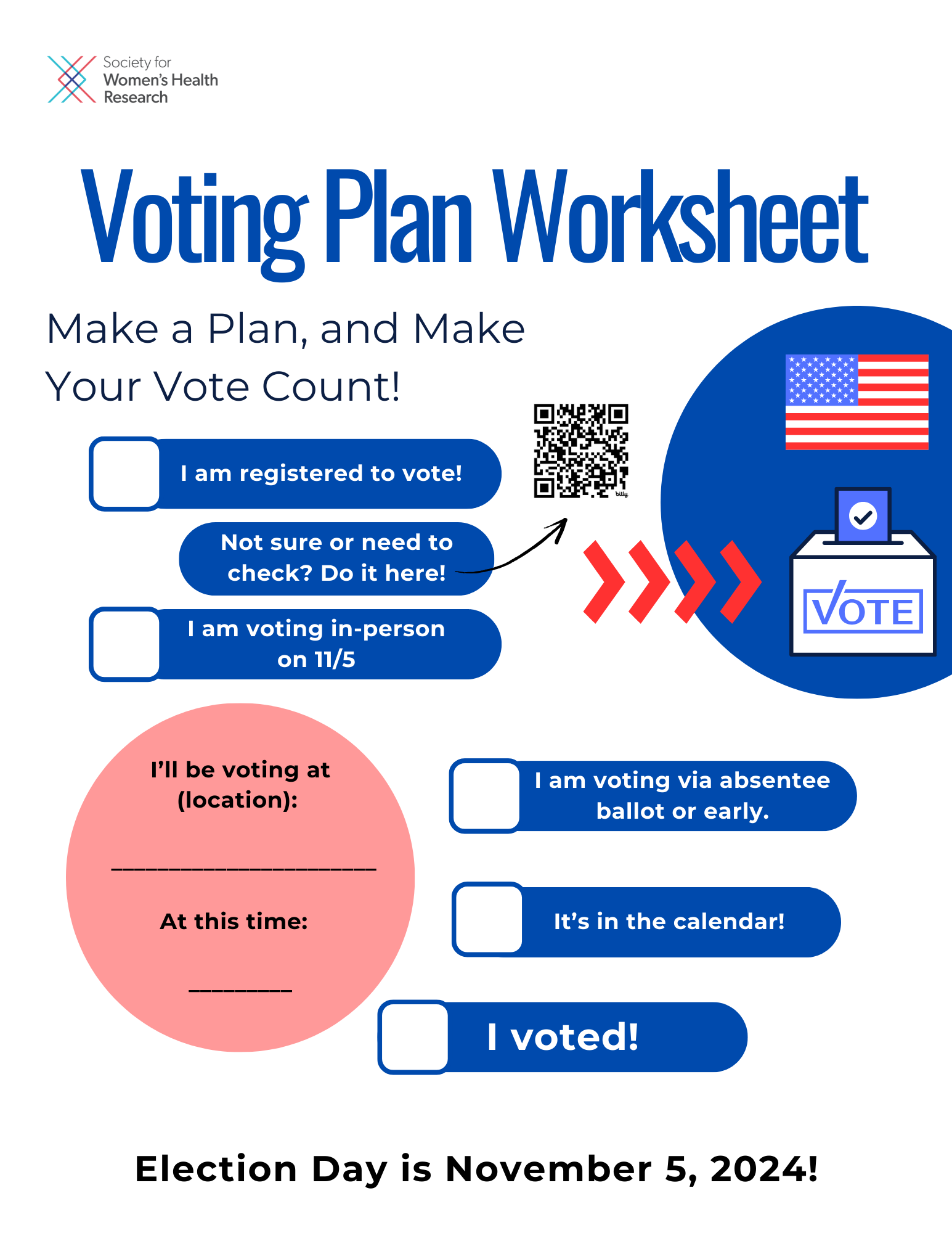 Now that you know your registration deadlines, make a plan for voting. Will you be in town on Tuesday, November 5, 2024? Or do you need to vote early or by absentee ballot? How late do the polls stay open in your state? Will you get up early, use a lunch/work break, or vote later in the day? Put it into your calendar like it’s a meeting you must attend.
Now that you know your registration deadlines, make a plan for voting. Will you be in town on Tuesday, November 5, 2024? Or do you need to vote early or by absentee ballot? How late do the polls stay open in your state? Will you get up early, use a lunch/work break, or vote later in the day? Put it into your calendar like it’s a meeting you must attend.
Fill out our handy voting plan worksheet and stick to it when you’re in the booth! Take a screenshot of the blank worksheet and share it widely with your networks.
Get Your Voting Plan Worksheet
Step 4. Know the Requirements
Check your state’s voter identification requirements here to be ready with all the necessary materials when you go to vote!
Step 5. Know the Issues
Did you know that women weren’t included in medical research until 1993? There is a gender health gap in the United States due to this – diseases and conditions that specifically, differently, and disproportionately impact women range from endometriosis and maternal health to mental health, heart health (the signs and symptoms of heart attacks look different in women than men and often go unrecognized by health care providers), autoimmune conditions and diseases (80% of autoimmune patients are women), obesity (causes can be different in women than men), bone health (most osteoporosis patients are women) and Alzheimer’s disease (66% of patients are women, PLUS the majority of caregivers are women) – just to name a few.
In March of 2024, President Biden issued the first-ever Executive Order to Advance Women’s Health Research and Innovation to support the White House Initiative on Women’s Health Research. The goal of this initiative is to close the gender health gap and advance research and innovation to improve women’s health.
Your vote counts – educate yourself on important issues in women’s health:
 Now that you know your registration deadlines, make a plan for voting. Will you be in town on Tuesday, November 5, 2024? Or do you need to vote early or by absentee ballot? How late do the polls stay open in your state? Will you get up early, use a lunch/work break, or vote later in the day? Put it into your calendar like it’s a meeting you must attend.
Now that you know your registration deadlines, make a plan for voting. Will you be in town on Tuesday, November 5, 2024? Or do you need to vote early or by absentee ballot? How late do the polls stay open in your state? Will you get up early, use a lunch/work break, or vote later in the day? Put it into your calendar like it’s a meeting you must attend. More than 6.5 million women in the United States have endometriosis – that’s about 1 in 10 women. Yet, we do not know enough about the condition – including why it occurs and who is at greatest risk, and there is limited scientific innovation when it comes to its diagnosis and treatment. Endometriosis is a chronic gynecologic disease in which tissue that resembles the lining of the uterus grows outside the uterus where it doesn’t belong. Women with endometriosis face lengthy diagnosis times, pelvic pain, heavy or irregular periods, and other symptoms including infertility and medical stigma. There is limited scientific innovation and public awareness for endometriosis. Learn more:
More than 6.5 million women in the United States have endometriosis – that’s about 1 in 10 women. Yet, we do not know enough about the condition – including why it occurs and who is at greatest risk, and there is limited scientific innovation when it comes to its diagnosis and treatment. Endometriosis is a chronic gynecologic disease in which tissue that resembles the lining of the uterus grows outside the uterus where it doesn’t belong. Women with endometriosis face lengthy diagnosis times, pelvic pain, heavy or irregular periods, and other symptoms including infertility and medical stigma. There is limited scientific innovation and public awareness for endometriosis. Learn more: Approximately 700 women die each year in the United States as a result of pregnancy-related complication – these are deaths that occur during or within a year following delivery. More than 50,000 women survive pregnancy and delivery but are left with significant adverse health consequences. Wide disparities in outcomes exist in maternal health, with Black and Native American/Alaska Native women three times more likely to die as white women.
Approximately 700 women die each year in the United States as a result of pregnancy-related complication – these are deaths that occur during or within a year following delivery. More than 50,000 women survive pregnancy and delivery but are left with significant adverse health consequences. Wide disparities in outcomes exist in maternal health, with Black and Native American/Alaska Native women three times more likely to die as white women.
 Each day, approximately 6,000 women in the United State reach menopause – marked at one year since the last menstrual period. This transition typically occurs when women are in their late 40s or 50s, with women experiencing a variety of vasomotor symptoms (e.g. hot flashes and night sweats), mood and sleep disturbances, and genital and urinary symptoms (e.g. vaginal dryness and urinary incontinence). This transition can last an average of four to seven years, and yet, there is little research and few effective management options available.
Each day, approximately 6,000 women in the United State reach menopause – marked at one year since the last menstrual period. This transition typically occurs when women are in their late 40s or 50s, with women experiencing a variety of vasomotor symptoms (e.g. hot flashes and night sweats), mood and sleep disturbances, and genital and urinary symptoms (e.g. vaginal dryness and urinary incontinence). This transition can last an average of four to seven years, and yet, there is little research and few effective management options available.